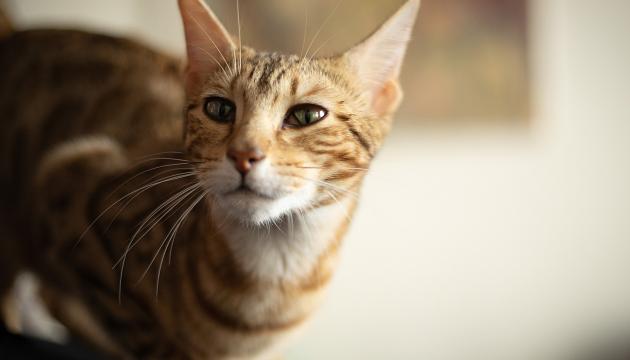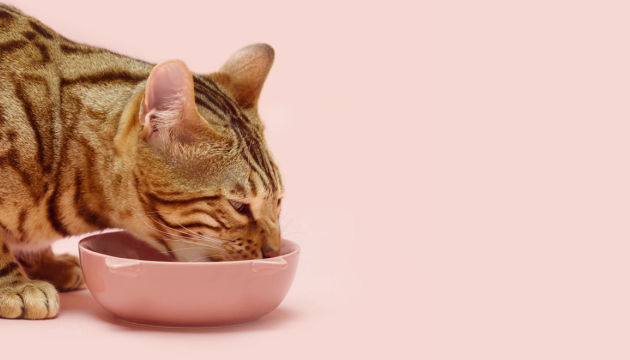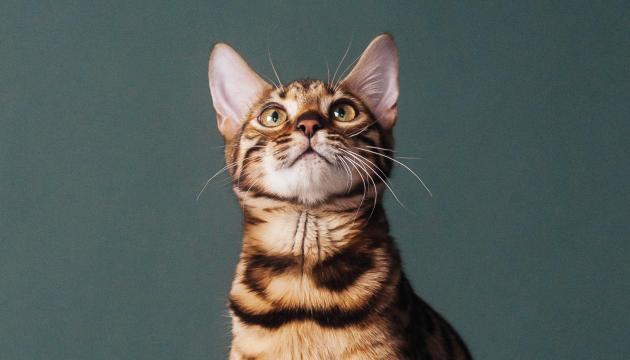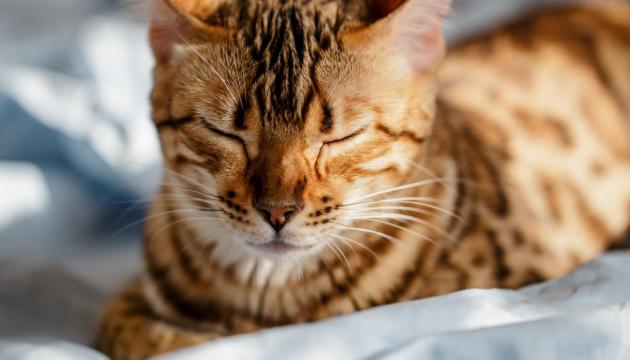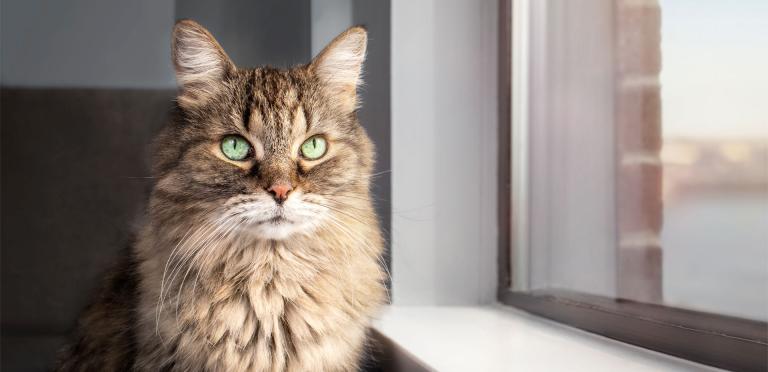

How to find the best senior cat food?
It can sometimes be difficult to notice that a cat is ageing, because there may not be any major changes in the cat’s behaviour or eating habits. However, to maintain an old cat’s health and fitness for as long as possible, the nutritional needs of a senior cat must be addressed in good time.
In this article, we answer the following questions:
HOW DOES AGEING AFFECT A CAT’S DIET?
Every cat ages at its own pace, so the individual needs of an older cat are particularly important. An 8-year-old cat may already show signs of ageing, whereas another cat of over 10 years may still be perfectly healthy. The key to feeding an ageing cat is to plan a diet that is tailored to your own cat and to aim to slow down the changes ageing causes in the cat’s body.
Did you know that a cat over 10 years old can be compared to a human over 60? A cat of more than 14 years of age corresponds to a person over 75.
Age can affect a cat’s metabolism, senses, dental health, and digestion. Joint problems that come with age may reduce an older cat’s willingness to move, while its need for sleep usually increases. Older cats often spend more time sleeping. These many changes also affect feeding – the owner may not realise adjustments are needed until the cat suddenly refuses its familiar food or starts losing weight.
Old cats are more likely to be underweight than overweight. One reason may be a weakened ability to digest fats and proteins.
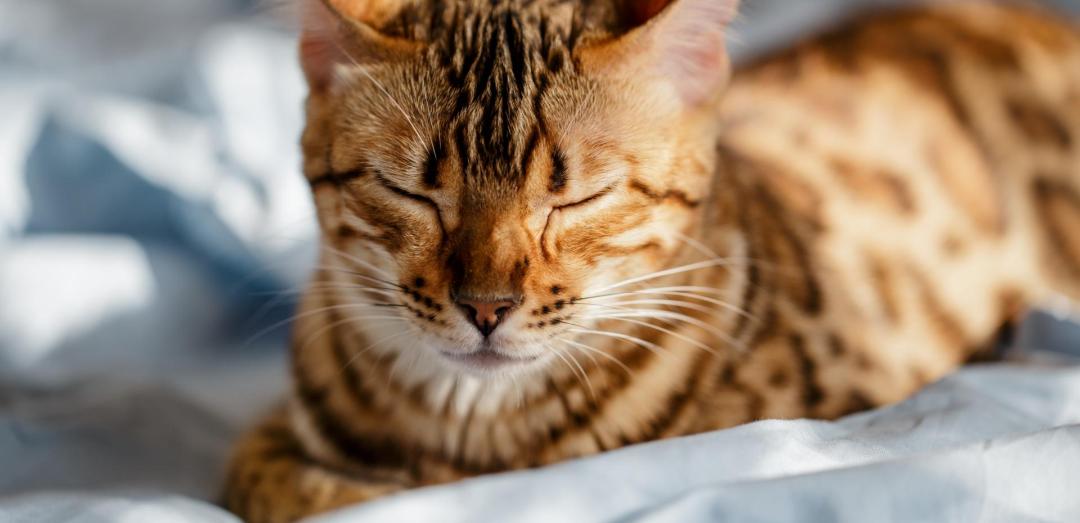
WHAT KIND OF FOOD DOES AN OLD CAT NEED?
An old cat needs sufficient fat and animal-based protein. The digestive system of an ageing cat may not function as efficiently as before, which is why the quantity and quality of protein and fat require special attention. Animal-based protein needs can be supported with meaty wet foods, which also help maintain good hydration.
Offer your senior cat PrimaCat’s grain-free and sugar-free Classic wet foods, with 88% animal-based ingredients in delicious meat strips. Find your cat’s favourite!
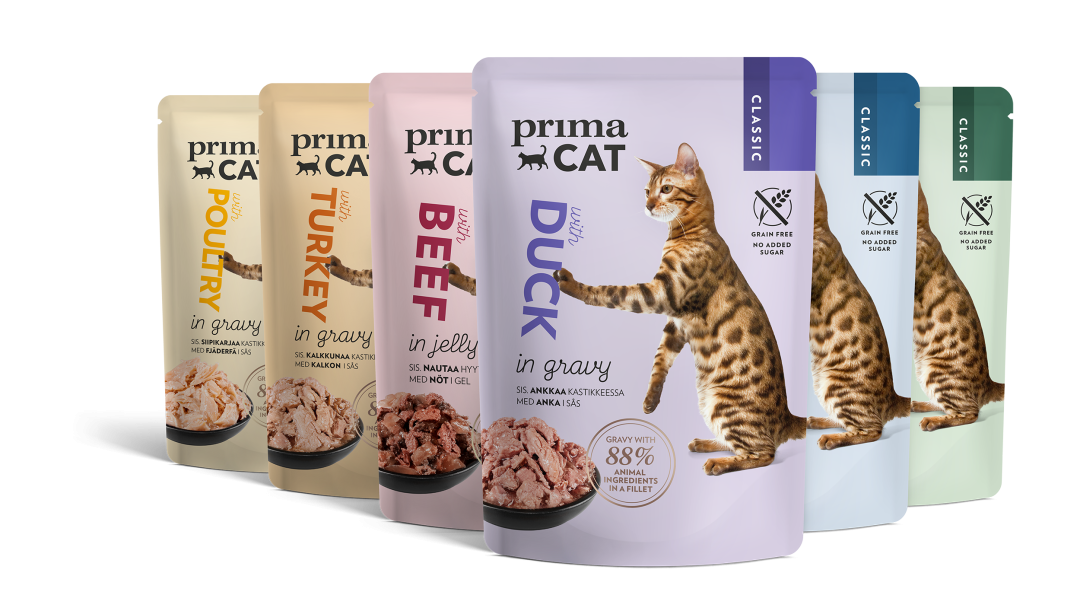
An old cat also needs Omega-3 and Omega-6 fatty acids, since the skin of an ageing cat can become dry and the coat thinner. Salmon oil is an excellent source of these essential fatty acids, supporting healthy skin and coat.
Among PrimaCat dry foods, especially the completely grain-free PrimaCat Salmon for adult cats is rich in good fatty acids, as is the tasty wheat-free and corn-free PrimaCat Salmon for adult indoor cats. A senior cat may also benefit from an Omega-3 supplement to support joint health.
Make sure your old cat gets enough water. Cats naturally have a weak sense of thirst, which becomes even weaker with age. Too little fluid intake can increase the risk of urinary tract problems and kidney disease. One of the easiest ways to increase hydration is to add fluid through food, for example with wet food. Discover more practical tips on increasing your cat’s hydration.
The juicy PrimaCat Soup range contains finely shredded fillet meat in a tasty broth. These supplementary soups are an excellent way to maintain your cat’s hydration. The soups are grain-free and contain no added sugar or plant-based ingredients. Discover them now!
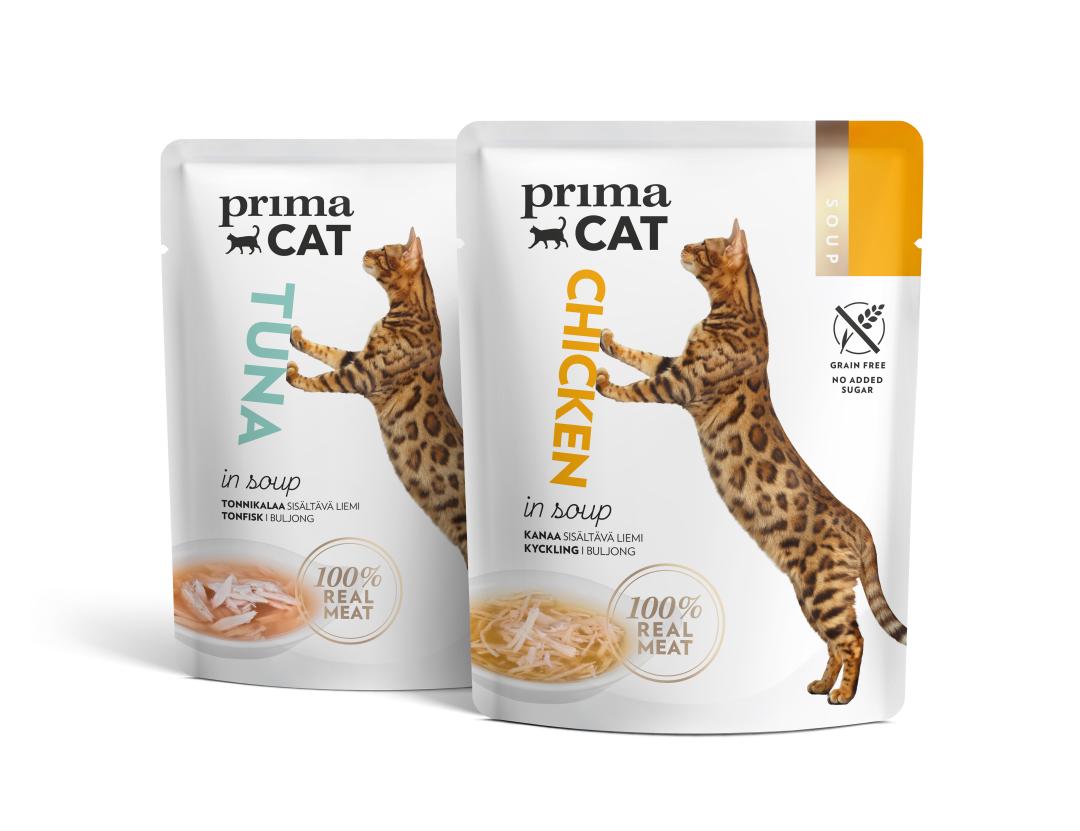
Food for an old cat must also be tasty. Appetite may decrease with age due to a reduced sense of taste and smell, illness, or painful dental issues. If your old cat eats poorly, it is a good idea to take the cat to the vet to rule out diseases and other conditions. Read more about caring for an old cat.
If your cat has an illness, plan its diet together with your vet. For example, a cat with kidney failure may need a special diet. Regular veterinary check-ups are recommended for senior cats, so that illnesses are detected in good time and the cat’s quality of life remains good.
WHAT ARE THE MOST COMMON FEEDING MISTAKES WITH OLD CATS?
The factors mentioned above are often overlooked in the feeding of senior cats, which is why the most common mistakes are related to them.
The three most common feeding mistakes with senior cats are:
-
Giving too little or too much food. A cat’s energy requirement decreases by about 3% per year between the ages of 2 and 11. Surprisingly, from the age of 12 onwards, a cat’s energy requirement begins to increase again.
-
Feeding food with too little protein or fat. As a cat ages and becomes less active, many owners reduce fat content first, since fat is rich in energy. However, this can increase the amount of carbohydrates in the food, which does not meet the cat’s nutritional needs. A low-fat diet can also lead to constipation.
-
Not enough hydration. Reduced activity combined with a diet based mainly on dry food can cause urinary tract issues and constipation in old cats.
